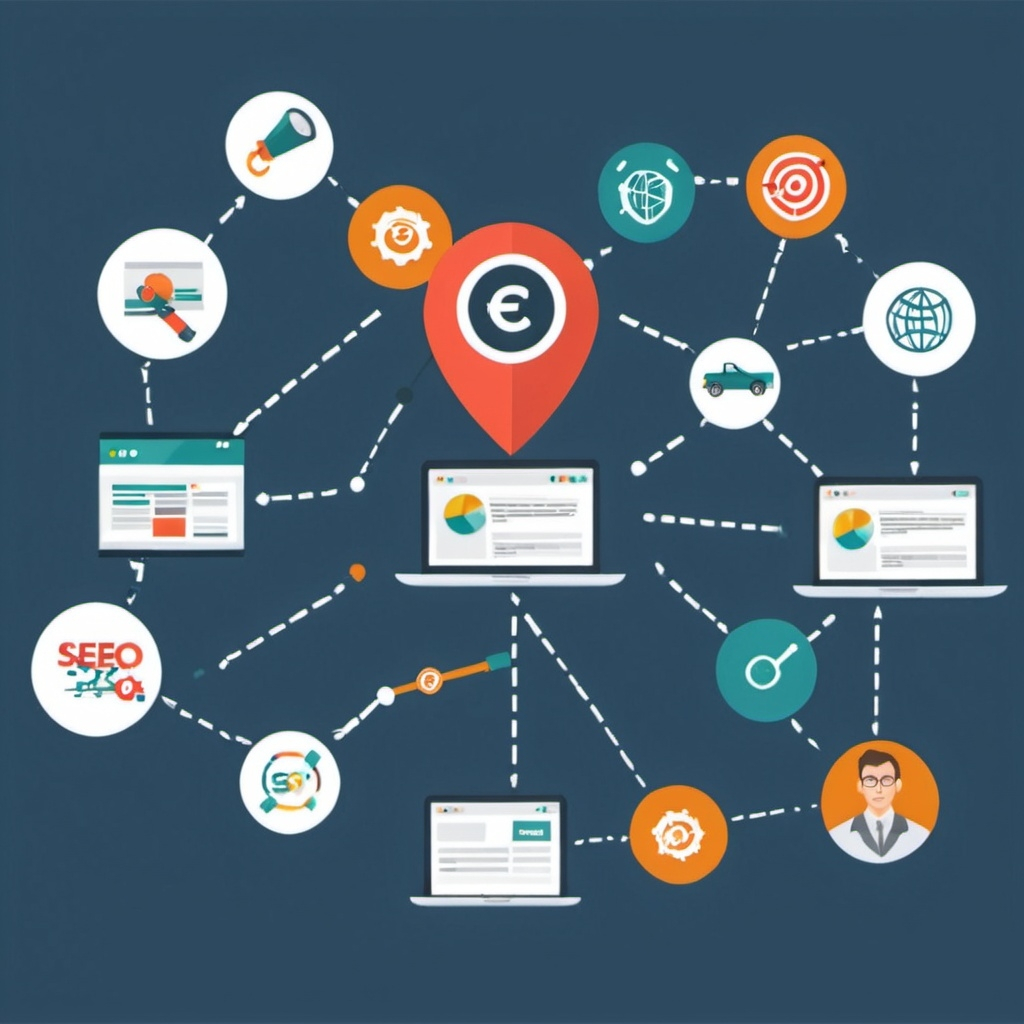
Affiliate marketing can be an amazing way to earn money online, but it works best when lots of people see your content and click on your affiliate links. This is where Search Engine Optimization (SEO) comes in. By using SEO, you can make sure your content shows up higher in search engine results, bringing more visitors to your site. Let’s look into how you can use SEO to drive traffic to your affiliate links and boost your income.
Understanding SEO
SEO stands for Search Engine Optimization. It’s all about making your website or content show up higher in search engine results like Google. When someone searches for something related to your content, you want your page to be one of the first things they see. The higher you rank, the more people will visit your site.
Why SEO is Important for Affiliate Marketing
- More Visibility: Higher search engine rankings mean more people see your content.
- Trust and Credibility: People trust websites that appear at the top of search results.
- Cost-Effective: SEO is cheaper than paid advertising and can still bring lots of traffic.
Steps to Using SEO to Drive Traffic to Your Affiliate Links
1. Keyword Research
Keywords are the words or phrases people type into search engines. Knowing what your audience is searching for helps you create content they’ll find.
- Use Keyword Tools: Tools like Google Keyword Planner, Ahrefs, and SEMrush can help you find good keywords.
- Long-Tail Keywords: These are longer phrases like “best running shoes for flat feet”. They have less competition and are more specific.
- Search Intent: Understand why people are searching. Are they looking to buy something, learn something, or just browse?
2. Create High-Quality Content
Good content is key to attracting and keeping visitors.
- Informative: Provide detailed, helpful information that answers the reader’s questions.
- Engaging: Write in a friendly tone, use headers to break up the text, and add images or videos.
- Unique: Make sure your content is original. Don’t copy others.
3. Optimize On-Page SEO
On-page SEO is about making your content better for search engines.
- Title Tags: Include your main keyword in the title and keep it under 60 characters.
- Meta Descriptions: Write a short summary of your content that includes your keyword and is under 160 characters.
- Headers (H1, H2, H3): Use headers to organize your content. Put keywords in these headers.
- Keyword Placement: Use keywords naturally in your text, especially in the first 100 words and in headers.
- Internal Links: Link to other pages on your site to keep visitors engaged.
- External Links: Link to reputable sites to boost your credibility.
4. Optimize Off-Page SEO
Off-page SEO involves activities outside your website that help improve your rankings.
- Backlinks: Get other websites to link to your content. This shows search engines your site is trustworthy.
- Social Media: Share your content on social media to reach more people.
- Guest Posting: Write articles for other blogs and include links back to your site.
5. Technical SEO
Technical SEO makes sure your website meets the technical needs of search engines.
- Site Speed: Make sure your site loads quickly. Slow sites can hurt your rankings.
- Mobile-Friendly: Optimize your site for mobile devices. Many people browse on their phones.
- Sitemap: Create and submit a sitemap to help search engines index your site.
- Secure Site: Use HTTPS to make your site secure. Search engines prefer secure sites.
6. Track and Analyze
Monitor your SEO efforts to see what works and what doesn’t.
- Google Analytics: Track traffic, bounce rates, and user behavior.
- Google Search Console: Check how your site appears in search results.
- Adjust Strategies: Use this data to improve your SEO strategies.
7. Patience and Persistence
SEO takes time. Be patient and keep working at it. Over time, you’ll see more traffic and more affiliate sales.
Practical Tips for Affiliate Marketers
1. Write Product Reviews
Create honest, detailed reviews of products. Highlight the benefits and drawbacks.
2. Create Tutorials and How-Tos
Show people how to use the products you’re promoting. This can attract people looking for solutions.
3. Comparison Posts
Compare similar products. Explain why the one you’re promoting is the best.
4. Use Clear Call-to-Actions (CTAs)
Encourage readers to click your affiliate links with clear CTAs.
5. Leverage Email Marketing
Build an email list and send useful content with affiliate links to your subscribers.
Common SEO Mistakes to Avoid
1. Keyword Stuffing
Don’t overuse keywords. This can hurt your rankings. Use them naturally.
2. Ignoring Mobile Users
Ensure your site works well on mobile devices. Many people browse on their phones.
3. Neglecting Analytics
Regularly check your performance. Ignoring data can mean missing opportunities to improve.
4. Poor Content Quality
Always focus on quality. Poor content won’t rank well or keep visitors engaged.
5. Ignoring Backlinks
Building backlinks is crucial. Don’t neglect this aspect of SEO.
Conclusion
Using SEO to drive traffic to your affiliate links is a smart strategy that requires dedication and effort. By understanding and applying effective SEO techniques, you can increase your visibility, attract more visitors, and boost your affiliate income. Focus on creating valuable content, optimizing your site, and building a strong online presence. With time and persistence, you’ll see the benefits in increased traffic and higher commissions. Start optimizing today and watch your affiliate marketing success grow!